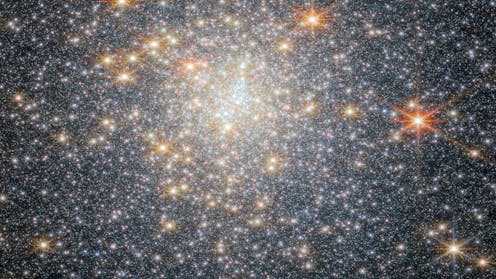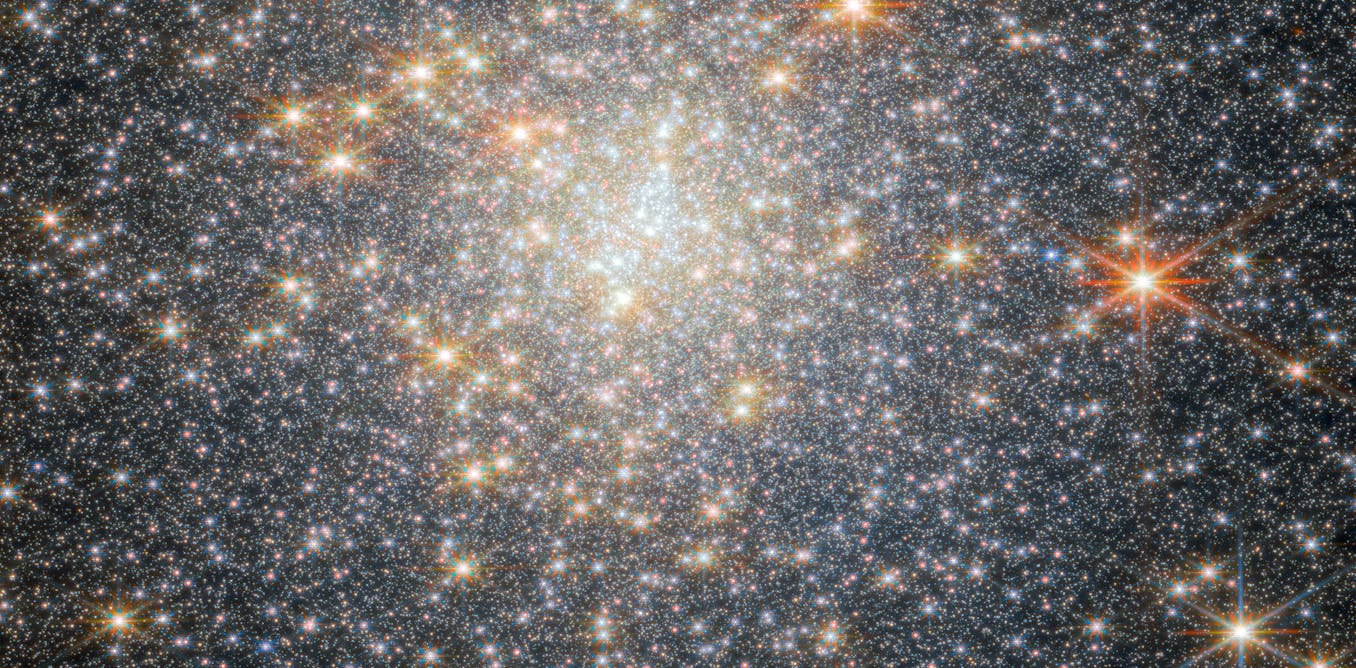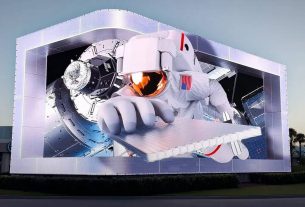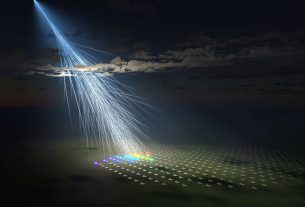
We have long taken it for granted that gravity is one of the basic forces of nature – one of the invisible threads that keeps the universe stitched together. But suppose that this is not true. Suppose the law of gravity is simply an echo of something more fundamental: a byproduct of the universe operating under a computer-like code.
That is the premise of my latest research, published in the journal AIP Advances. It suggests that gravity is not a mysterious force that attracts objects towards one another, but the product of an informational law of nature that I call the second law of infodynamics.
It is a notion that seems like science fiction – but one that is based in physics and evidence that the universe appears to be operating suspiciously like a computer simulation.
In digital technologies, right down to the apps in your phone and the world of cyberspace, efficiency is the key. Computers compact and restructure their data all the time to save memory and computer power. Maybe the same is taking place all over the universe?
Information theory, the mathematical study of the quantification, storage and communication of information, may help us understand what’s going on. Originally developed by mathematician Claude Shannon, it has become increasingly popular in physics and is used in a growing range of research areas.
In a 2023 paper, I used information theory to propose my second law of infodynamics.
This stipulates that information “entropy”, or the level of information disorganisation, will have to reduce or stay static within any given closed information system. This is the opposite of the popular second law of thermodynamics, which dictates that physical entropy, or disorder, always increases.
Take a cooling cup of coffee. Energy flows from hot to cold until the temperature of the coffee is the same as the temperature of the room and its energy is minimum – a state called thermal equilibrium. The entropy of the system is a maximum at this point – with all the molecules maximally spread out, having the same energy. What that means is that the spread of energies per molecule in the liquid is reduced.
If one considers the information content of each molecule based on its energy, then at the start, in the hot cup of coffee, the information entropy is maximum and at equilibrium the information entropy is minimum. That’s because almost all molecules are at the same energy level, becoming identical characters in an informational message. So the spread of different energies available is reduced when there’s thermal equilibrium.
But if we consider just location rather than energy, then there’s lots of information disorder when particles are distributed randomly in space – the information required to keep pace with them is considerable. When they consolidate themselves together under gravitational attraction, however, the way planets, stars and galaxies do, the information gets compacted and more manageable.
In simulations, that’s exactly what occurs when a system tries to function more efficiently. So, matter flowing under the influence of gravity need not be a result of a force at all. Perhaps it is a function of the way the universe compacts the information that it has to work with.
Here, space is not continuous and smooth. Space is made up of tiny “cells” of information, similar to pixels in a photo or squares on the screen of a computer game. In each cell is basic information about the universe – where, say, a particle is – and all are gathered together to make the fabric of the universe.
If you place items within this space, the system gets more complex. But when all of those items come together to be one item instead of many, the information is simple again.
The universe, under this view, tends to naturally seek to be in those states of minimal information entropy. The real kicker is that if you do the numbers, the entropic “informational force” created by this tendency toward simplicity is exactly equivalent to Newton’s law of gravitation, as shown in my paper.
This theory builds on earlier studies of “entropic gravity” but goes a step further. In connecting information dynamics with gravity, we are led to the interesting conclusion that the universe could be running on some kind of cosmic software. In an artificial universe, maximum-efficiency rules would be expected. Symmetries would be expected. Compression would be expected.
And law – that is, gravity – would be expected to emerge from these computational rules.
We may not yet have definitive evidence that we live in a simulation. But the deeper we look, the more our universe seems to behave like a computational process.
![]()
Melvin M. Vopson is affiliated with the University of Portsmouth and the Information Physics Institute.



